The ceramic tile market will be worth 75.4 billion US dollars in 2021. Between 2027 and 2022, the ceramic tile market is expected to grow at a CAGR of 5.9 percent, reaching a value of USD 107.3 billion.Ceramic tiles are thin plates made of natural resources such as clay, silica sand, feldspar, and dolomite.
These tiles are better than their competitors’ in terms of durability, resistance to high heat, and ability to last in the presence of acids or bases. These tiles have been suggested as an alternative to hardwood and other flooring materials like marble, concrete, etc. because of their lovely look and availability in a variety of designs, textures, colors, forms, and sizes.
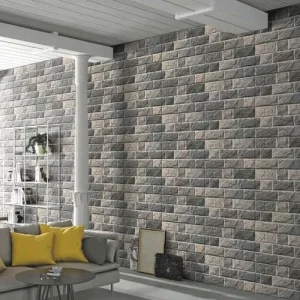
Market factors for ceramic tiles globally include
Ceramic tiles come in a range of glaze choices and designs, from the conventional to the western. Demand has grown a lot in the past few years as more people look for stylish and affordable flooring options.
Since natural minerals make up the majority of ceramic tiles, their manufacture is ecologically benign. Recent improvements in technology have made it possible for manufacturers to cut carbon emissions and other harmful pollutants at all stages of the production process.
Manufacturers are now able to make and distribute ceramic tiles in a variety of forms, sizes, and varieties thanks to the development of innovative techniques like drying clay, pressing, and baking tiles, among others, as well as specialized equipment for selection, manipulation, and control.
Raised building activity in the residential, commercial, and industrial sectors has increased the need for high-quality flooring, particularly in emerging nations like China, India, Brazil, and Russia, where industrialization, urbanization, and per capita income are rising quickly.
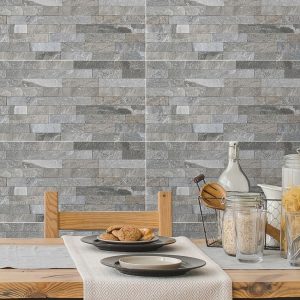
Ceramic wall tiles price
The ceramic tile pricing in the nation is set by the country’s trade association of tile and ceramic producers, and no firm is permitted to raise its price without authorization from this organization. The price of ceramic wall tiles is also set by this organization.
Neither a trade union nor any other government entities are present. The trade group for tile makers usually sends a statement or part of a letter to all member firms and stores to let them know what the official prices for ceramic tiles are.
Now that we’ve returned to the topic at hand, the cost of ceramic tiles, let’s see what elements influence that cost. Because of the wide variety of materials and raw materials available, ceramic tiles may now be manufactured in virtually any form or pattern. Ceramic tile prices can be affected by any or all of these variables.
Wall tiles are more expensive than floor tiles since they have more designs, colors, and intricacies. Less fire is required to produce these tiles, but they are less durable than floor tiles because they accept more features and a wider range of colors.
The price of decorative tiles is almost always higher than the price of similar items. Their high-quality design, color, or even high-quality raw materials make these ceramic tiles more costly. In comparison to other types of tiles, glass tiles are the most costly option. A decorative tile such as the one between the cabinets is usually made of this style of tile.
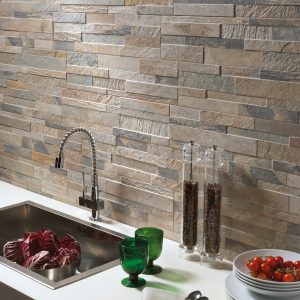
Ceramic tiles types
- Clay ceramics
- Marmoles
- Travertine flooring
- Granite-tile
- Parquet
- Ceramic tiles
- Wood-look tile
- Glasfliese
- GVT
Floors and walls have always been tiled. After mixing clay, feldspar, kaolin, quartz, chemical additives, and water, they are dried and baked at high temperatures (1000–1400 degrees).
Clay is the main raw material for ceramics because it can be shaped after being soaked in water and is flexible.
Most tiles are square or rectangular. They range in thickness from 3.5 to over 15 mm, averaging 4 to 12 mm.
Interior flooring must be sturdy and last as a structural element. They also have an essential ornamental purpose on the inside of the house, for example, as coverings that should be both beautiful and warm. Make your stay at home comfortable.

Ceramic tiles for flooring
Ceramic flooring is ideal for the interior design of various rooms in the house due to its benefits and high quality, particularly in kitchens. Both large and small kitchens frequently have ceramic floors. In fact, ceramic tiles are the most popular type of flooring used in kitchens.
Their ability to resist water and stains is the key factor in their popularity. Ceramic tiles are also incredibly resilient, so falling objects like vases, dishes, or any other object won’t harm the flooring. It is preferable to use floors for the kitchen that are easy to clean and can be washed with a simple trick because the kitchen floor gets dirty more quickly than the rest of the house.
Because of this, ceramic kitchen floor tiles are among the most widely used kitchen flooring materials. The kitchen’s tile floor is simple to maintain. Of course, it should be noted that some individuals believe that ceramic kitchen floors are less ideal for looking clean due to their light tone than wooden floors such as laminate and kitchen parquet. T
hese people’s misconceptions must be refuted by pointing out that the kitchen is a busy area that is susceptible to filth accumulation from traffic, dust, and other factors. Now, if the kitchen floor is made of wood, parquet, or laminate, these dusts are unquestionably not noticeable. Therefore, it is advised to choose light-colored ceramic on the kitchen floor to keep it clean and free of germs.
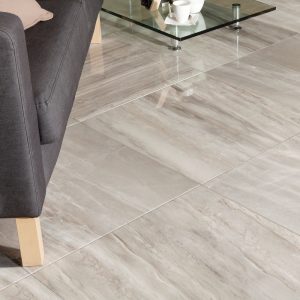
Ceramic tiles for bathroom
Ceramic or tiles are typically used to cover the walls, floors, and occasionally even the ceiling of bathrooms to prevent problems with hygiene and washing.
These materials are simple to clean because of their polished, flat surfaces. On the other hand, keeping the bathroom clean is important and shouldn’t be ignored because it could spread diseases.
One of the most used rooms in the house is the bathroom, so it needs to be thoughtfully planned. In this instance, it will satisfy residents’ requirements for both health and aesthetics.
The ceramic and tile bathroom design is the first element that is used in the construction of the bathroom. You should take advantage of the mistake of vision and make tiny bathrooms appear larger by designing and selecting the proper color and ceramic model, because a small setting can appear huge and vice versa.
If you go to a market where ceramic tiles are bought and sold, you will see a wide range of models, styles, and colors. Undoubtedly, everyone has unique tastes or tends to purchase a particular tile or ceramic model based on the bathroom décor they have in mind.
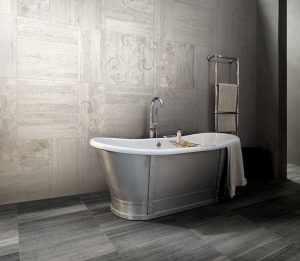
Ceramic tiles means
In carpentry and construction, tiles are objects made of clay or ceramic. Porcelain tiles mean. The word “tile,” which means baked flower for the roof, is derived from the Latin word “tegula,” which is a synonym of the French word “tuile.” The word “ceramic” is derived from the Greek word “keramo,” which denotes pottery and heated objects.
The ceramic material known as tile is formed of tiny, crystalline, and porous grains that are fired at temperatures above 1000 degrees Celsius. Glossy, semi-gloss, matte, plain, floral, white, or colored tile glaze are all acceptable. Since tiles are not organic, mineral, or metallic, they are categorized as ceramic.
Wall and floor tiles are present. There is just ceramic. The word “ceramic” market relates to floor tiles, not ceramics in general, according to the core definition of ceramics. Strength, water absorption, and glazing quality vary between floor tiles and wall tiles. The tile is ceramic if the glaze is made of ceramic.
Ceramics and tiles are made from clay and pottery. Ceramic tiles cover sanitary surfaces in residences and medical facilities. Tiles are the only materials utilized in chemical settings and spaces owing to the variation in glazing resistance and the vast range of styles and sizes that they come in.
The tile has two sides.
- The tile’s major clay component
- Glass, metal oxide, and minerals make up glaze.
There are various tile types. Tile types are primarily determined by the glaze. Tile porosity is the second. Clay can naturally be this hue or have a pigment added to it before firing. Color (often lead silicate and pigments) is added to special glazed tiles after the body has been fired. To reassemble the tile, glue the body and glaze together. Compared to unglazed tiles, glazed tiles have more color, design, and texture.
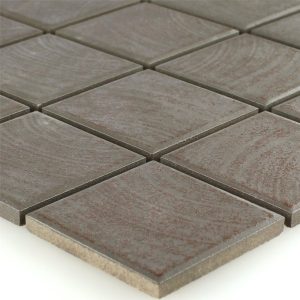
Floor tiles price
Brick, stone, tile, knaf, etc. are utilized in different portions of a building based on their features and applications. placed. Some of these materials are ancient, while others are recent. Tiles are one of the most extensively utilized construction materials and have been for years. Tiles are terracotta goods used in carpentry. They are often square or thin rectangles or more complex shapes with a few millimeters of thickness. This product covers ceilings, floors, walls, and more.
Variety has made tiles popular. Glazed and unglazed tiles exist. Some are utilized as flowers or hands. The tile variety affects pricing. What factors affect tile prices? We’ve included key aspects that affect tile prices in this section of manufacturing so you can shop with more knowledge.
The factory where tiles are made can affect their pricing. Iran has various factories that make tiles. Now, the important point is that a factory’s 1st grade tile may have the same or lower price than another factory’s 3rd grade tile. This is due to the materials and production steps used in each tile. The better the materials and production methods, the more expensive the tile.
The type of soil may also have an impact on tile prices.Tiles are terracotta goods made from soil, water, and nonmetallic minerals, and the soil type varies from tile to tile. Soil type now affects tile prices. Due to their exceptional qualities, porcelain tiles cost more than conventional tiles.

The price of the tile may also be affected by its size.The tile’s dimensions determine its calibration. A calibrated tile doesn’t need to be tied and makes the workpiece seem better. Due to their precision, lasers are used to cut calibrated tiles, which raises their

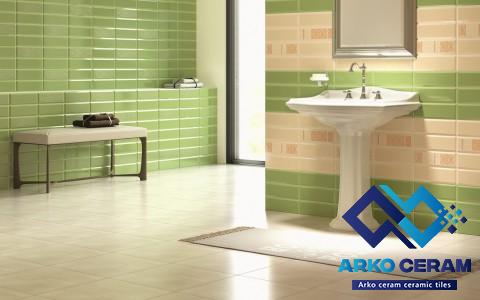
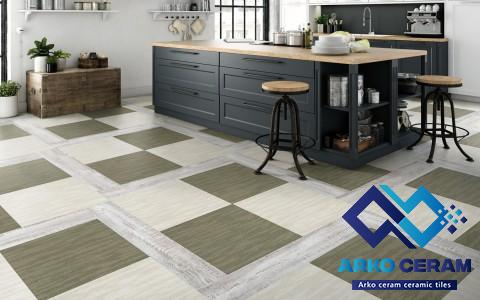
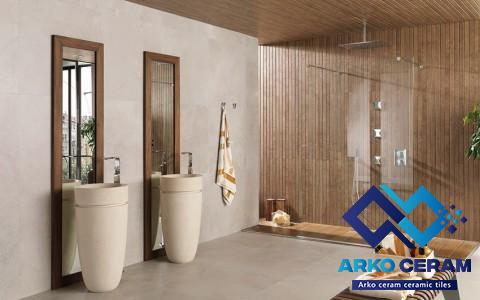




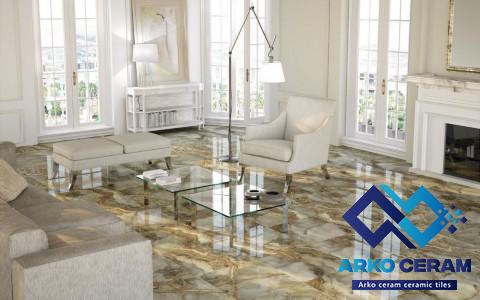
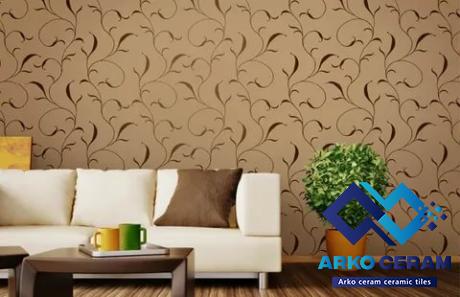
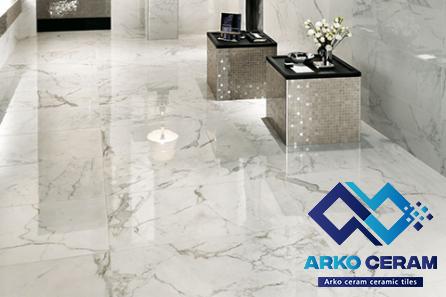
Your comment submitted.